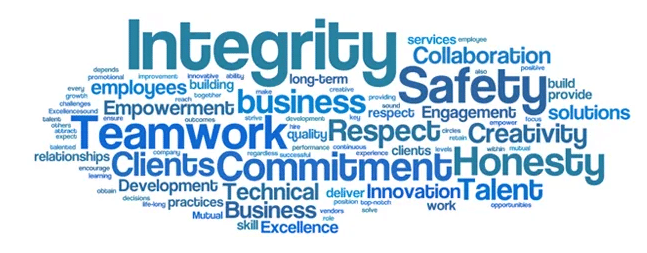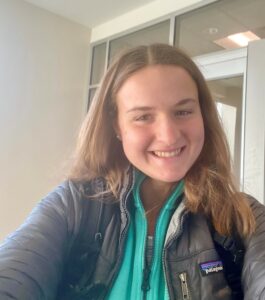Twenty years ago, in my early strategic planning days with the Chamber of Commerce, we had a solid strategic planning process. Unfortunately, much of the discussion occurred in a vacuum and we did not collect feedback beyond the executive team. The companies we worked with developed a strategic plan, but as you might expect, many got stuck in implementation because there was little employee buy-in.
The first big change: Listening to Feedback and Learning
Asking for feedback is the first step to engagement and alignment. Strategy is about “Winning” in the marketplace and a critical group to survey is key customers. This process is not complicated – choose your top 10 customers and set aside 20 minutes  to chat with them.
to chat with them.
Additionally, expanding the strategy team to include more than executives is critical. When team members are involved in the plan, they have significantly more understanding and buy-in for the key changes. Here is a great video that illustrates how effective leaders get others to follow: First Follower: Leadership Lessons from Dancing Guy
For your next strategic update, start by asking your key customers, key leaders, and board these critical “open-ended” questions:
- Why do customers choose us? (Strengths)
- What is holding us back? (Weaknesses)
- What are key way we can significantly grow our business (Opportunities)
- What are our blind spots? (Threats)
- What are the key strategic issues we need to address?
The second key area that has evolved is focus on a Purpose and authentic Core Values
Simon Sinek created his “Start with Why” in 2009, yet many companies still “skip” this part. Purpose and Core Values have an enormous intrinsic value for your employees and for your customers who get it! 
In the past five years, all of my clients have determined a true “Purpose” statement – answering “Why” they exist to support their Mission – what they do and who they serve. Many have also updated their Core Values to be more meaningful and relevant. My Strategic Planning book provides many great examples!
This deeper work is the softer side of strategy, yet it’s becoming a game changer for companies who do it well. A Purpose statement is not an easy concept to understand and even harder to put into action. The “new” reality, however, is that employees and customers want to know you care about something more than making a profit. In fact, 75% of potential employees decide whether to apply for job by visiting a company’s website. Does your site truly represent your culture, community investments, and give back programs?

My daughter Lily on her way to class.
Side bar story: My daughter Lily attends St. Louis University and earlier this year the Interim Superintendent gave a presentation in one of her classes. During the Q&A Lily raised her hand and asked him, “What are your Core Values – I did not see them in the presentation?” (Yes, I realize not everyone has a mom who is a strategist, 😊 but this is a real question potential employees want to know.) Unfortunately, she got the worst response: “We don’t have any.” Lily was shocked, but a few months later, the Interim Superintendent returned to her class and shared their core values at the start of the presentation. It was a proud moment for my daughter – and me!
Lastly, Quarterly and Annual Strategy Updates are not enough
External and internal changes are happening much faster in today’s climate. Companies that are “Winning” are committed to weekly and monthly strategic conversations. This means a “strategy update” is part of your weekly meetings, and each month you are spending two-four hours as a team, just on strategy. This is in addition to your quarterly strategic discussions and annual updates. Leaders should spend 20% of their time on strategy. That is the goal!

